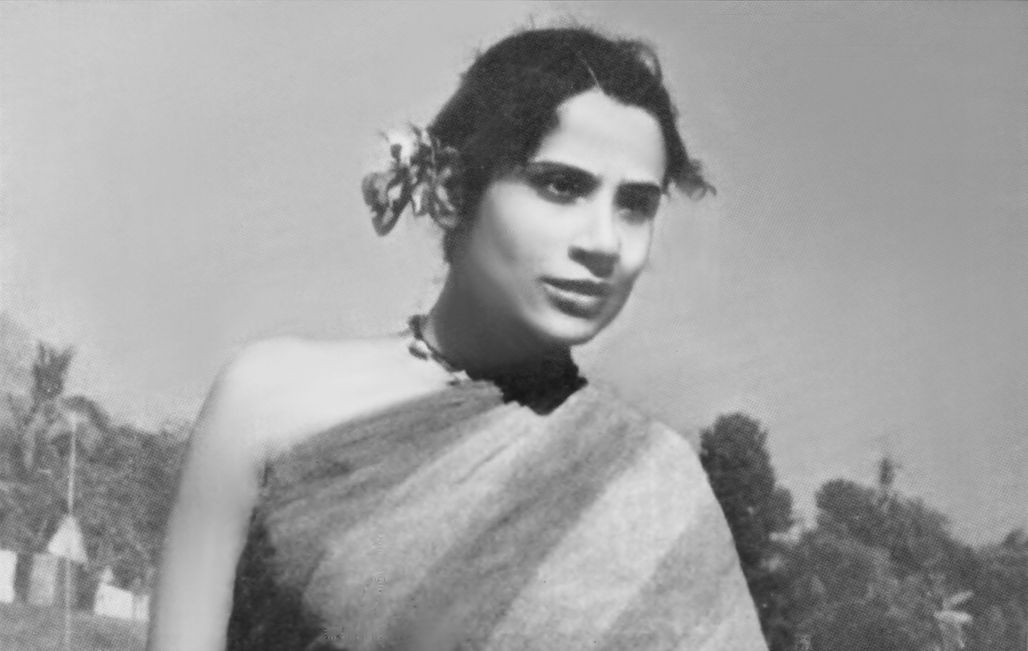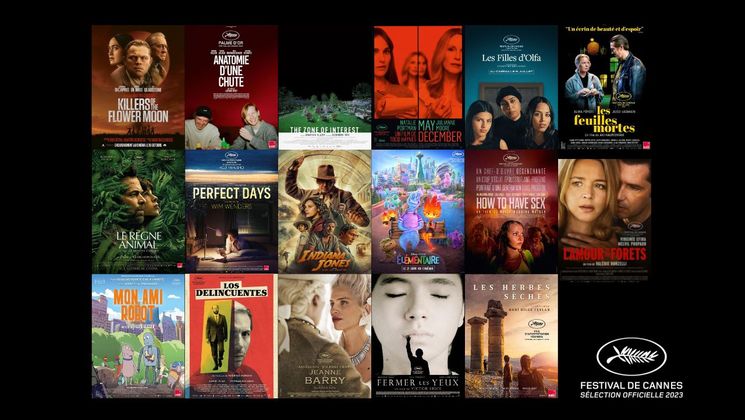
Interesting facts about Jago Hua Savera,

It was the film that reinvented Pakistani cinema. Jago Hua Savera (The Day Shall Dawn) by Aaejay Kardar transports us to a fishing village in the East of the country, where everyone dreams of owning their own boat. The film, which came out in 1958, is being honoured in a restored version in Cannes Classics
A film made on a shoestring…
Before turning to film, Aaejay Kardar's life revolved around the sea. He left the merchant navy to study film in London before making Jago Hua Savera, his first film. He brought together a very small team: a German cameraman, a British sound recorder and a Pakistani poet writing his first ever screenplay. Around a hundred people were auditioned for the twelve roles in the film, only one of whom had ever acted on camera.
…but now a landmark!
It was a huge risk but his efforts paid off. Jago Hua Savera met with worldwide critical acclaim, and was even pre-selected for the Best Foreign Film Oscar in 1960. The actors were turned into stars overnight. The film is seen as the first ever Pakistani melodrama – a genre that was more highly developed in neighbouring India.
A quasi-documentary fiction
In the 1950s, East Pakistan (today's Bangladesh) had no resources for filmmaking. Jago Hua Savera was consequently one of the first films to offer the world an insight into the region, the poverty of its fisherfolk and life far from the big cities, dominated by the rhythms of the river.


